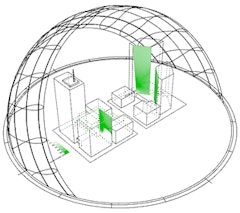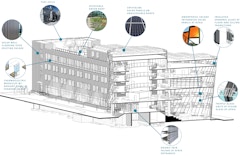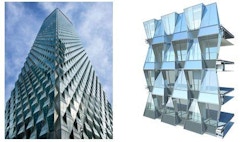Structural Skin
Many prominent, recent buildings feature forms suggesting structural surface while their enclosures are really non-load-bearing curtain wall. At the
Many prominent, recent buildings feature forms suggesting structural surface while their enclosures are really non-load-bearing curtain wall. At the
Automated facades are, for the most part, still considered as separate from other building systems throughout the design, installation,
Integration and interoperability between Building Information Modeling (BIM) and Building Energy Modeling (BEM) tools pose major challenges for the



The Science and Engineering Complex (SEC) on the Allston Campus is the largest new building at Harvard University in recent decades with a footprint

Climate change and related thermal issues, draw attention to the impact of green facades and roofs on energy savings and thermal comfort. Besides, by

In recent decades the use of unitized glazing systems has become increasingly common especially for high-rise construction. The opaque panels in


This paper analyzes sustainable retrofit strategies for an existing research laboratory building, located in a cold climate. This facility is


Today’s environmental challenges highlight the necessity of a holistic approach to façade design and construction, key to achieve the ambitious 2030

This article presents results of a research study that focuses on understanding energy performance of novel facade systems that integrate

Facades developed in response to climactic factors increase performance and human comfort while reducing energy loads. A single building envelope



To paraphrase Robert le Ricolias, the art of the structure is where to put the folds. Using that inspiration, fundamental concepts from origami,